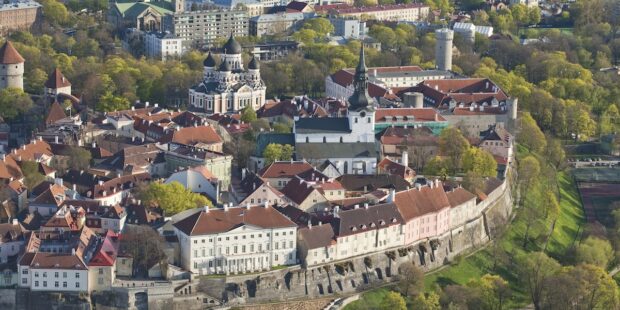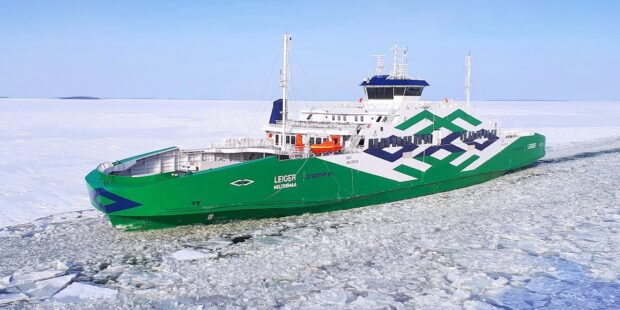Estonia’s GDP falls by 4%
Text Mark Taylor Photo Andrei Chertkov
Estonia’s economic downturn deepened in the third quarter of 2023 (July, August, September), with the Gross Domestic Product (GDP) of the country decreasing by 3.9 per cent compared with the same quarter of 2022.
“While inflation continues to slow, this has not helped to boost the economy. There were some signs of economic improvement in the second quarter, but both value added and tax revenue continued to decrease,” stated Robert Müürsepp, a team lead of national accounts at Statistics Estonia.
Value added, which is the additional economic value or features a company adds to a product before selling it to customers, fell by 5.1 per cent for non-financial companies and by 6.5 per cent for financial corporations. The opposite trend continued in the government sector with a 3.6 per cent increase in value added.
The biggest positive contributor to value added during the period was real estate activities. There were also considerable positive contributions from agriculture, forestry and fishing, and the energy sector. The weakest performing sector in terms of value added was transportation and storage, where conditions deteriorated due to a large fall in foreign trade.
“The situation in manufacturing is almost as difficult. Other major negative contributors were information and communication, and professional, scientific and technical activities. Both of these activities have often been key drivers of the Estonian economy. Value added also declined significantly in construction,” added Müürsepp.
Private consumption recovered slightly in the third quarter as the decline slowed down to 2.4 per cent. The biggest fall occurred in expenditures on miscellaneous goods and services, and clothing and footwear. There was also a significant decrease in households’ spending on furnishings and household equipment, alcoholic beverages and tobacco, and recreation and culture. Only expenditure on housing increased. For the first time since the first quarter of 2022, government consumption also decreased, down by 0.6 per cent.
Investments have continued despite the difficult economic conditions. Year on year, investments increased by about 10 per cent in the third quarter. The biggest contributor was the non-financial corporations sector with a 54.5 per cent increase in their investments in buildings and structures. The general government’s investments in buildings and structures also grew, by 17.1 per cent. The biggest negative contributions came from the decrease in non-financial corporations’ investments in machinery and (‒8.9 per cent) and transport equipment (‒16.2 per cent).
“In the first half of the year, exports remained positive despite the difficult times. But in the third quarter, Estonia’s imports exceeded exports by 136 million euros. This was due to the fall in exports (‒12.1 per cent) being faster than the fall in imports (‒6 per cent). It means that the share of exports in Estonia’s GDP has fallen to the level of the first quarter of 2020,” explained Müürsepp. He added that, in addition to the deepening decline in exports of goods, exports of services also saw a downturn.
The seasonally and working-day adjusted GDP decreased by 1.3 per cent compared with the second quarter of 2023 and by 4.0 per cent compared with the third quarter of 2022. The GDP at current prices amounted to 9.4 billion euros.
To learn more about this and similar topicsEconomy Estonia GDP Estonia GDP 2023 Export GDP Import Trade










